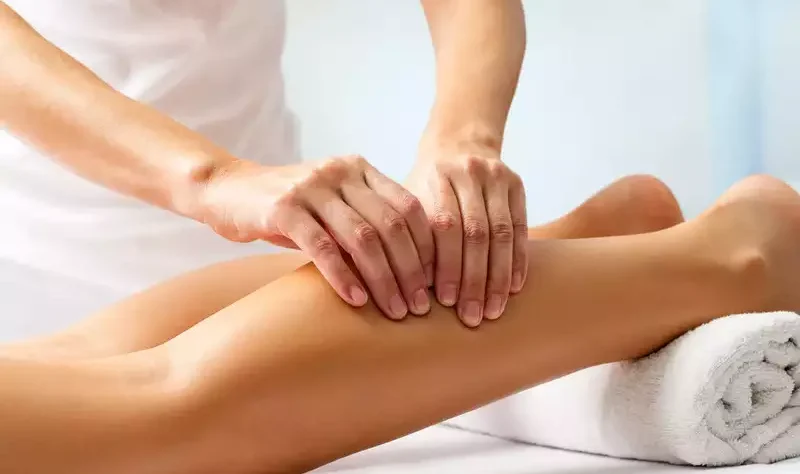There are many types of 스웨디시 massage, each with their own benefits to relieve stress, pain or enhance general wellbeing. Massage is an ancient art with many variations depending on the country of origin. I explore some of the most popular, explaining the treatment and their individual benefits.
Swedish Massage
Swedish massage, the most popular worldwide, is also known as ‘Classic massage’ and is the foundation for most other types of Western massage. It involves using firm but gentle pressure to promote relaxation, working on areas of specific muscle tension. It is performed on bare skin using oils or lotions. The therapist uses their hands, forearms or elbows to manipulate the superficial layers of the muscles. Swedish massage shortens recovery time from muscular strain by flushing the tissues of lactic acid, uric acid, and other metabolic wastes by increasing the level of oxygen in the blood, it increases the speed body cells can eliminate their waste materials.
The five basic strokes of Swedish massage include:
Effleurage (sliding or gliding)
Petrissage (kneading)
Tapotement (rhythmic tapping)
Friction (cross fiber)
Vibration/shaking
Deep Tissue Massage
Deep Tissue Massage, as the name implies, focuses on the deeper layers of muscle tissue. Unlike Swedish massage, which is used for relaxation, deep tissue massage focuses on a specific problem, such as: Chronic pain. It treats the connective tissue of the body rather than just the surface muscles. It is similar to Swedish massage but with slower movements and deeper pressure. Deep tissue massage helps to refresh and relax muscles, increasing the blood flow and therefore the oxygen flow around the body. A deep tissue massage is very slow using long, flowing strokes to ease in and out of the muscle. The aim of deep tissue massage is not to leave you feeling relaxed and blissful; rather, it helps to tackle particular physical, muscular problems to relieve pain and restore normal movement.
Sports Massage
Sports massage was design for athletes, but is suitable for anyone with chronic pain, injury or range-of-motion problems. It focuses on the prevention and healing of injuries to muscles and tendons. Sports Massage differs from therapeutic massage in that it is a deeper form of soft tissue massage using specific techniques to treat physically active individuals.
The different types of massage include: Post-event – to bring body tissues to normal state. Restorative – during training allows athletes to train harder and minimise chance of injury. Rehabilitative – aimed at alleviating pain due to injury. A sports massage is a good choice if you have a specific problem sustained through sport. It stimulates circulation of blood and lymph fluids which allows for optimal metabolic exchanges, enhanced recovery after intense training, better performance and decreased onset of muscle soreness as well as reduces the possibility of injury.
Indian Head Massage
Popular in Asia Indian Head Massage has been show to be good at relieving stress, insomnia, headaches, migraine, tension, and sinusitis. The West has caught on to its benefits using it as a quick de-stressing program.
Indian Head Massage is a very relaxing treatment which, as the name suggests, focuses on massaging the head. Indian Head Massage (Champissage) also includes massage of the shoulders, upper arms, neck, scalp, face and ears. The treatment uses a range of different movements including deep kneading and compression movements over the neck, shoulder and scalp areas. Performed sitting upright in a chair, it helps to clear the mind as it revitalizes and improves alertness and concentration levels, whilst improving joint mobility and flexibility in the neck and shoulders.

